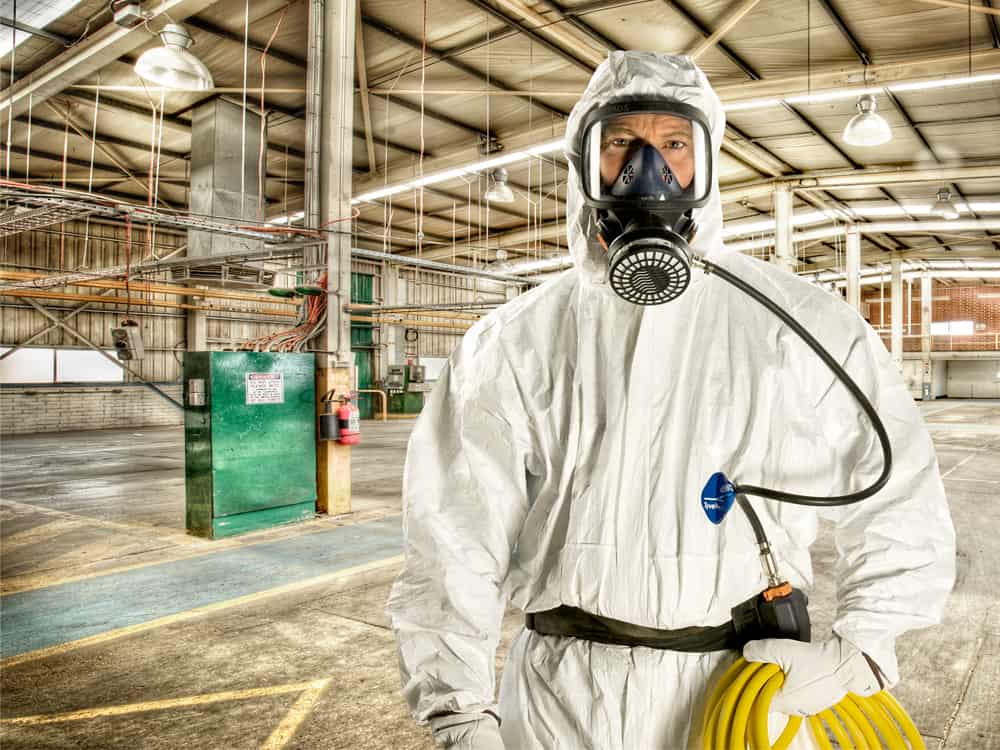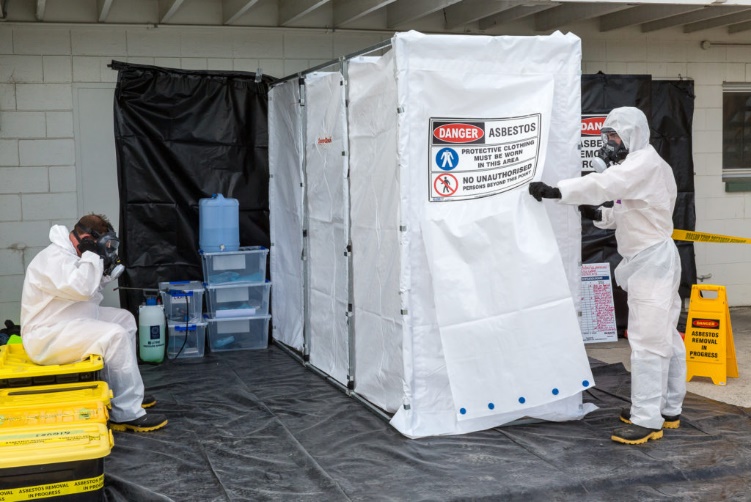Be Aware of its Dangers
Asbestos was predominantly used in years past and up to the 1970s. It was the material of choice for construction. However, when people learned about the health risks it posed, they stopped using it in construction. They had also began removing it from their houses. Furthermore, countries enacted laws that banned people from using products containing asbestos. Today, let’s learn more about these harmful substance straight from the experts of Pro Asbestos Removal.
What is asbestos?
Asbestos is a naturally occurring silicate material and composed of long and thin fibres. It has excellent electrical insulation capabilities, along with its high heat resistance. There are six types of asbestos.
Two main types of asbestos are non-friable or friable.
Friable asbestos refers to any asbestos that can be easily turned into powder. Once this becomes airborne, it can cause harm to the environment and the people. For this reason, Any product that contains more than 1% of this sort of asbestos shall be under regulation.
Non-friable asbestos, also known as bonded asbestos, does not easily crumble. However, it can also become friable if it’s burn and damage with full force.
Why was Asbestos banned in Australia?
Many countries enact laws that ensured asbestos was not used after researchers discovered its dangers. One of these countries is Australia.
Australia banned the import of brown and blue asbestos. This includes any asbestos-containing products in the mid-1980s. The manufacture, import, and use of white asbestos and its products were banned in Australia in December 2003.
It did take some time for the asbestos ban to take effect in Australia. This is because during that time, Australia had one of the highest rates of asbestos use per person in the World. Between 1930 and 1983, the country exported over 1.5 million tons of the product.
How asbestos harms your health
Australia is the country with the second-highest mesothelioma death rate in the world after the United Kingdom. The main reason why Australia banned the use of asbestos is that researchers recognized that it contained fibers that, when inhaled or ingested, caused life-threatening health conditions.
Several factors increase the likelihood of experiencing these asbestos-related disorders. They include;
- The concentration of asbestos
- The duration of exposure
- The frequency of exposure
Asbestos releases its fibers into the air, and thus it can be inhaled easily. It can cause fibrotic lung disease, commonly known as asbestosis. Additionally, the fibers can change the lining of the chest cavity, which can be detrimental to the health of the lungs and thus of the body. To assess any potential damage to the lungs, it may be recommended to undergo CT lung screening.
Research shows that Asbestos can cause lung cancer. The risk of getting lung cancer because of asbestos exposure are;
- The time the exposure occurred
- The level and duration of exposure
- The size and type of the asbestos fibers inhaled
- The age at which the exposure occurred
Asbestos Removal as required by law
Unless you are removing 10 square meters of non-friable asbestos or lesser, you need to have a license to remove the material. It is highly recommended to only engage with a licensed asbestos removal contractor.
Two licenses exist when it comes to asbestos removal under the model WHS regulations; class A and class B.
The removers or businesses that have a class A license are permitted by law to remove all types of asbestos; both friable and non-friable. Those with a Class B license are permitted to remove non-friable asbestos only.
Professional Asbestos Removal
Many asbestos removal services in the market right now. The best way to differentiate the best from the rest is from referrals and testimonials from people who have used the said companies. Before you hire an asbestos removal business, you first have to make sure that it has a valid license to offer the services you need. As a result, you can be sure that the removal company’s employees have been sufficiently trained in what they do.
To find a licensed asbestos remover in your area, you need to check with the work and health safety regulator in your territory or region. This is because it is the responsibility of the work and safety regulatory authorities to hand out the licenses and to make sure that the companies are abiding by the stipulated laws.
Alternatively, you can check in the yellow pages for an asbestos remover in your area. In this instance, however, you have to ask the company to show you a copy of their license. You may also need to check the validity of the company with the work health and safety regulator in your region.
Conclusion
Protect yourself and your loved ones from this harmful substances. If you suspect any asbestos in your property, seek professional help immediately. Remember an ounce of prevention is better than a pound of cure.







